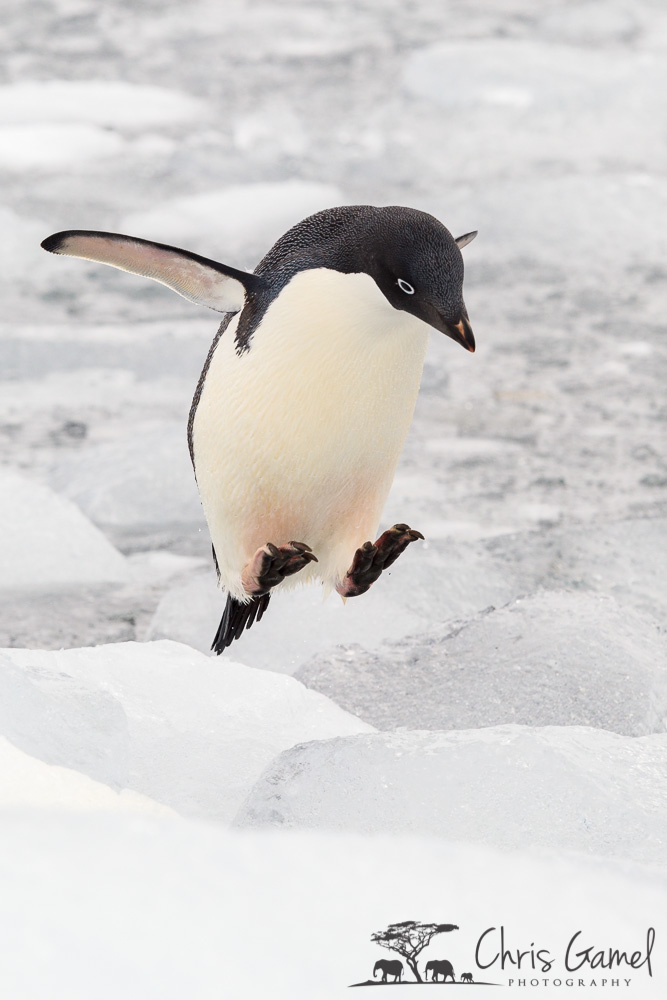It's Day 2 in my series: 5 Days of Bosque del Apache Images and Tips. I'm running this series in preparation for my 2015 Bosque workshop (full) and 2016 Bosque workshop. Click here to see all my 2016 workshops.
Feel free to drag my images into Bridge or Lightroom for Metadata.
Today's Tip: Compose and Crop Carefully
Do a “drive though” at the Refuge the day before your first sunrise shoot. Sunrise, by the way, is the best time to photograph at Bosque. All the colorful photographs in this post were taken slightly before, at, and shortly after sunrise.
There are one-way loops that you must stay on inside the Refuge. Sometimes, due to snow, some loops are closed. Check the weather before you leave your hotel room.
Pull off only in designated areas, or else you may see some flashing lights and park rangers who will ask you to move.
Compose and crop your photographs creatively. All the pictures in this post are cropped from the original RAW files.
Before you leave home, spend some time on the Friends of the Bosque web site: www.friendsofthebosque.org. You’ll find lots of good information here.
On the way into Bosque, stop by the information center to learn more about this awesome location.
Composing a photograph with an important subject off center leads the viewer’s eye around the frame.
Placing the horizon line near the top or bottom of the frame is a more interesting composition technique than placing the horizon line in the center of the frame – unless you are working with a perfect reflection.
I used a relatively slow shutter speed to add a bit of blur – a sense of motion – to the birds’ wings in this photograph.
Here’s an example of placing the horizon line in the center of the frame. It usually works well for reflection images. I created this reflection image in Photoshop.
For detailed information on photographing birds, check out my on-line class: Master the Art and Craft of Bird Photography.
Explore the light,
Rick
What's new? My 36th book: Creative Visualization for Photographers.


















